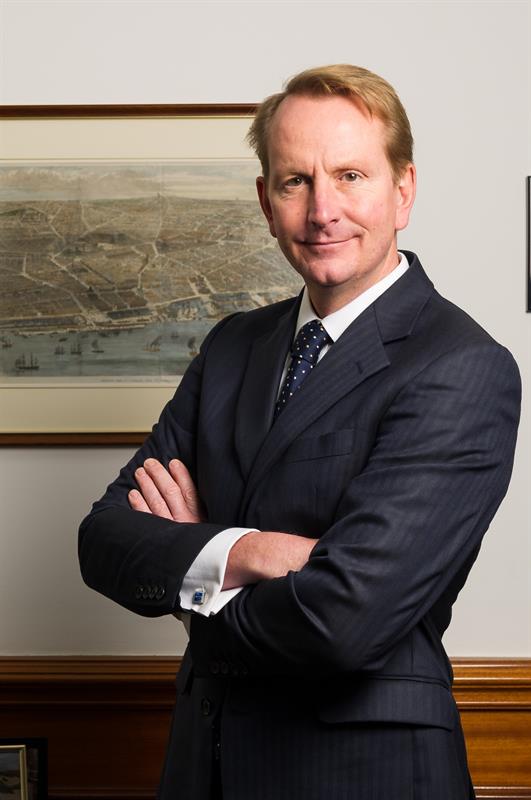The project was resurrected at the turn of the 20th century by US president Theodore Roosevelt. A new chief engineer was appointed and within 11 years the US controlled a trading route that was the envy of the world. Today 12,000 ships use the Panama Canal every year carrying $270 billion worth of cargo. The waterway connects 144 maritime routes calling at 1,700 ports in 160 countries.
A crucial link in the global trade chain, the Panama Canal would not function without an intricate network of valves. Some 158 valves weighing 20,000 tonnes are deployed in one of the canal’s three lock gates alone. Lock chambers lift and lower ships 85 feet using a complex system of rising stem valves that see the chambers filled and emptied of 15 million cubic feet of water.
All over the world valves are the unsung heroes behind some of the globe’s most challenging engineering projects, controlling every known fluid from nuclear waste to strong acids. They touch virtually every area of manufacturing, shaping how we live and how we work. Valves are versatile. They can function in a vacuum, control the flow of the thinnest gases and the most corrosive materials.
Across the world lives depend on the resilience of valves designed to control fluid with a miniscule margin of error. From the bottom of the ocean to 200 miles above the earth’s surface, a single valve can withstand eyewatering extremes of temperature for decades. Preventing catastrophic leaking, they allow manufacturers to control quality throughout the supply chain. They give us control, efficiency, and the ability to measure and provide sanitation.

In Britain hi-tech valves are central to our national security infrastructure. Fighter jets can re-fuel mid-air due to popper valves enabling the delivery of kerosene from another aircraft. High-speed hydraulic lifts on aircraft carriers capable of lifting 20 tonne jets function smoothly thanks to valves.
We depend on valves too for our energy security. Safety valves in nuclear power plants prevent pipes bursting and reactors exploding. In the oil and gas industry valves are used to protect equipment and control product flow in the deep sea. Control valves too have a vital role to play in solar thermal power generation, regulating the flow of the molten salt used to harness the heat generated by the sun.
The world’s most iconic feats of engineering rely on world-class fluid control equipment to get the job done time after time. Valves aren’t sexy but we’d struggle to do just about anything without them.
Author profile:
David Millar is Managing Director of Heap & Partners

